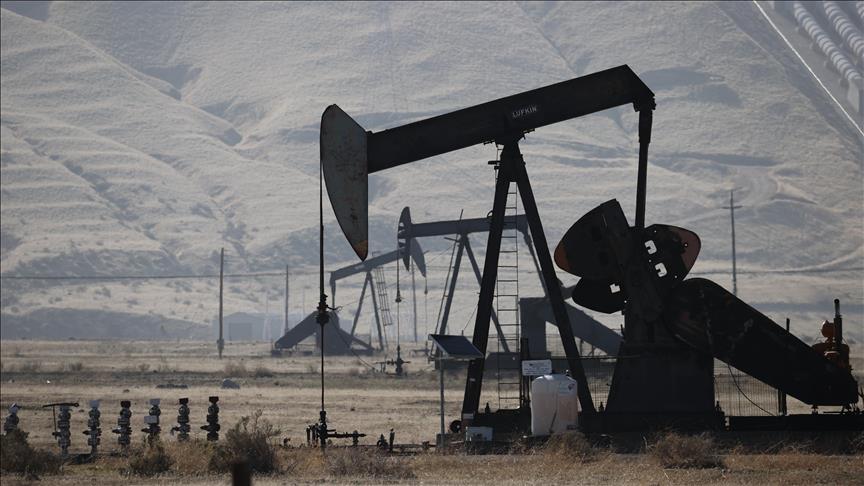Oil prices drifted lower on Friday despite the Energy Information Administration’s confirmation of a large withdrawal in US inventories late Thursday and with oil market players exerting caution ahead of both the US Federal Reserve’s (Fed) interest rate decision and the next OPEC+ group meeting in June.
International benchmark Brent crude traded at $81.83 per barrel at 10.37 a.m. local time (0737 GMT), a decrease of 0.06% from the closing price of $81.88 per barrel in the previous trading session.
The American benchmark West Texas Intermediate (WTI) traded at $77.78 per barrel at the same time, a 0.16% fall from the previous session that closed at $77.91 per barrel.
Oil prices fell on Friday, contrary to a positive demand outlook in the US, the world’s largest oil-consuming country.
According to EIA data released late Thursday, US commercial crude oil inventories decreased by 4.2 million barrels during the week ending May 24, against the market expectation of a fall of around 1.6 million barrels.
The EIA also found that US gasoline inventories increased by about 2 million barrels.
EIA data indicating a rise in US crude oil production by 6,000 barrels per day (bpd) to around 13.52 million bpd eased supply concerns and put downward pressure on oil prices.
Oil price dynamics are still being impacted by market caution ahead of the US Federal Reserve’s announcement regarding the start date of interest rate reductions, with careful attention being paid to Fed officials’ remarks.
Analysts believe that the core personal consumption expenditures (PCE) price index data, which the Fed considers an inflation indicator in the US, may increase market volatility.
Conversely, data that showed a downward revision in the US GDP on Thursday increased analysts’ expectations that the Fed will cut interest rates this year, curtailing further price falls.
Meanwhile, market players are waiting for the outcome of the meeting of the OPEC+ group, the Organization of the Petroleum Exporting Countries (OPEC), and allies on June 2 to see if the group will continue its output cut policy.
At the meeting, market players will discover if the group will extend its 2.2 million bpd voluntary production cut until the end of the year. In the current scenario, it is anticipated that the group has reduced supplies by 5.8 million bpd, which corresponds to roughly 5.7% of total demand worldwide.

